DHT11 vs DHT22: Detailed Pinout and Feature Comparison
2024-10-09
2233
Catalog

What is DHT11 Sensor?
The DHT11 Sensor by ASAIR stands out for its ability to measure temperature and humidity with notable precision. Equipped with an NTC thermistor, it detects temperature fluctuations accurately, while an 8-bit microcontroller processes and outputs data in a serialized format. Its convenient 4-pin, single-row package enhances connectivity, and specialized packages are available to cater to unique user demands.
DHT11's 8-bit microcontroller serves as the cornerstone of its functionality, enabling efficient data handling. The NTC thermistor quickly responds to temperature shifts, providing dependable readings. Its straightforward pin layout demands minimal effort during integration, making it a go-to for various applications.
What is DHT22 Sensor?
The DHT22 Sensor sensor by AOSONG leverages advanced signal acquisition and humidity sensing technology to provide calibrated digital outputs. This fusion ensures the sensor's reliability and stability. An integral part of this hardware is an 8-bit single-chip microcontroller, enhancing the sensor's robustness.
Each DHT22 sensor undergoes exhaustive temperature compensation and calibration. These sensors are calibrated in meticulously controlled environments to ensure the utmost accuracy, and the calibration coefficients are stored in OTP (One-Time Programmable) memory, playing a crucial role in maintaining accurate readings during operation. Moreover, the DHT22 employs advanced signal acquisition techniques, contributing to its dependable performance. In settings such as environmental monitoring, HVAC systems, or agriculture, the sensor's reliable data output supports crucial decision-making. The embedded 8-bit single-chip microcontroller fortifies its functionality, as such microcontrollers efficiently manage sensor data, ensuring prompt and accurate outputs.
DHT11 Pinout
The DHT11 sensor features four pins: VCC, Data, N/C (Not Connected), and GND. This straightforward pin configuration fosters ease of use in numerous applications. The VCC pin powers the sensor, while the GND pin serves as a ground reference. The Data pin facilitates communication, transmitting temperature and humidity data to microcontrollers or other receiving devices.

Detailed Pin Description
• VCC Pin - The VCC pin powers the DHT11 sensor, requiring a voltage range between 3.5V and 5.5V. Ensuring correct voltage input is crucial for maintaining accurate sensor operation. Voltage inconsistencies can result in incorrect readings or even sensor damage, making attention to this detail vital for optimal performance.
• Data Pin - The Data pin transmits output data from the sensor, connecting directly to a digital input pin on the microcontroller using a specific communication protocol. Synchronization between the sensor and the microcontroller is essential to preserve the data's integrity. Pull-up resistors might be necessary to stabilize the communication, aiding in maintaining a robust connection.
• N/C Pin - The N/C pin, meaning 'Not Connected,' does not require any connection and can be left unconnected. This simplifies the installation process, as there is no need for extra wiring or configurations. Its presence exclusively serves to streamline the sensor’s integration in various setups.
• GND Pin - The GND pin connects the sensor to the circuit ground, which is fundamental for its correct operation. Establishing a common ground stabilizes the voltage reference within the circuit. This connection is vital for minimizing noise, thus enhancing the accuracy of the data collected by the sensor.
DHT22 Pinout
The DHT22 sensor, celebrated for its role in measuring temperature and humidity, features four primary pins: VCC (Power Supply), Data, NC (Not Connected), and GND (Ground)
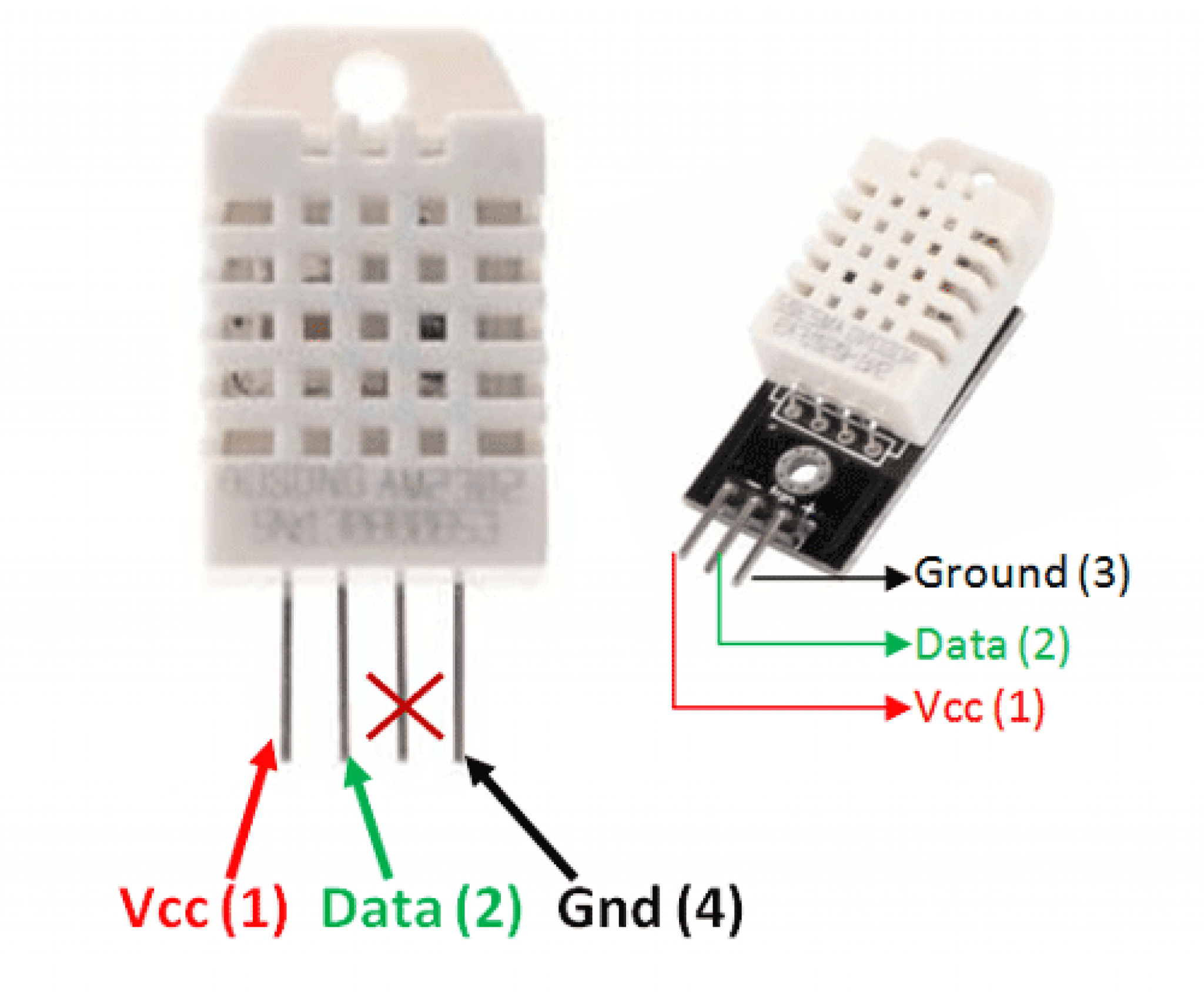
Detailed Pin Description
• VCC (Power Supply) - The VCC pin is responsible for powering the DHT22 sensor. It typically requires a voltage input ranging between 3.3V and 5.5V. Utilizing a regulated power supply helps in maintaining stable readings. In real-world scenarios, fluctuations in supply voltage can result in inaccurate measurements, making it essential to maintain a steady power source.
• Data - The Data pin facilitates communication between the DHT22 sensor and the microcontroller, operating through a single-wire communication protocol. This simplifies wiring but demands precise timing for accurate data retrieval. Common techniques to optimize this include employing timing libraries or integrating real-time clock modules to ensure data integrity.
• NC (Not Connected) - The NC pin has no direct functionality and is generally left unconnected. It signifies the DHT22's potential versatility and possible future enhancements.
• GND (Ground) - The GND pin completes the circuit by linking to the system ground. Adequate grounding minimizes noise and interference, which could otherwise distort temperature and humidity readings. Effective grounding strategies, such as employing a common ground plane, are crucial for maintaining sensor performance.
Diverse Applications of DHT11 and DHT22 Sensors
The DHT11 and DHT22 sensors capture temperature and humidity data crucial for various domains, extending their role from simple measurements to pivotal components in advanced systems. Here are detailed insights into their versatile applications:
Local Weather Stations
In localized weather monitoring setups, these sensors gather real-time temperature and humidity data, assisting in accurate microclimatic predictions. Their ease of interfacing with microcontrollers allows you to create dependable weather stations without extensive calibration.
Automatic Climate Control Systems
In environments demanding specific climate conditions, these sensors are paramount. Within HVAC systems, DHT11 and DHT22 enable homes and commercial buildings to maintain comfort levels precisely. Their measurements contribute to energy-efficient climate control, offering not only a pleasant ambiance but also significant cost-saving benefits. The balance of comfort and practicality enhances daily living experiences.
Environmental Monitoring
In agriculture and environmental science, ecological balance and environmental parameters are meticulously monitored using these sensors. In greenhouses, they maintain the internal climate, promoting optimal plant health. Large-scale environmental conservation projects also benefit from consistent and accurate data collection provided by these sensors. Their role in fostering a sustainable future cannot be overstated, nurturing the interconnectedness of our ecosystem.
Calibration and Integration
A defining feature of DHT11 and DHT22 sensors is their factory pre-calibration, ensuring streamlined integration into existing systems. This is particularly advantageous in educational and experimental settings where quick deployment is necessary, democratizing access to environmental data collection and analysis. The ease of use invites you to explore and engage with technological applications.
Enhancing DHT11 and DHT22 Sensor Functionality
The DHT11 and DHT22 sensors are notable for their straightforward operation, mainly because they output serial data directly. This feature allows effortless integration with various microcontroller platforms. Typically, the data pin of either sensor connects to a microcontroller's I/O pin via a 5K pull-up resistor, facilitating stable data transmission.
Microcontroller Interface
Connecting DHT11 and DHT22 sensors to microcontrollers like the widely favored Arduino is remarkably simple. The abundance of libraries available aids in quick and efficient setup. For example, the DHT library in the Arduino environment allows you to initiate communication with just a few lines of code.
Integrating with Arduino
When pairing with an Arduino, the available libraries streamline the process. The DHT library enables you to obtain temperature and humidity readings effortlessly. This convenient approach has gained appreciable traction in educational settings, benefitting you through an intuitive setup process.
Beyond Basic Setup
While the initial setup is uncomplicated, delving deeper into these sensors' capabilities can enhance efficiency. For instance, discerning the differences between the DHT11 and DHT22 sensors regarding accuracy, measurement range, and response time can significantly influence application performance. The DHT22 offers higher accuracy and broader measurement ranges than the DHT11, making it suited for more demanding applications.
Practical Utilizations
In practical applications, devices monitoring environmental conditions, such as smart home systems, extensively use DHT sensors. These sensors assist in regulating indoor climates by providing real-time data to smart thermostats, thereby optimizing energy consumption. They are essential in agricultural contexts where humidity and temperature control are crucial for crop health.
DHT11 and DHT22 Features
|
Feature |
DHT11 |
DHT22 |
|
Cost |
Ultra-low-cost |
Low cost |
|
Power and I/O Voltage |
3 to 5V |
3 to 5V |
|
Max Current Usage (During Conversion) |
2.5mA |
2.5mA |
|
Humidity Range |
20-80% with 5% accuracy |
0-100% with 2-5% accuracy |
|
Temperature Range |
0-50°C with ±2°C accuracy |
-40 to 80°C with ±0.5°C accuracy |
|
Sampling Rate |
Max 1 Hz (once every second) |
Max 0.5 Hz (once every 2 seconds) |
|
Body Size |
15.5mm x 12mm x 5.5mm |
15.1mm x 25mm x 7.7mm |
|
Number of Pins |
4 pins with 0.1" spacing |
4 pins with 0.1" spacing |
Comparative Analysis: DHT11 vs. DHT22
|
DHT11 |
DHT22 |
|
|
Operating Voltage |
3 to 5V |
3 to 5V |
|
Max Operating Current |
2.5mA max |
2.5mA max |
|
Humidity Range |
20-80% / ±5% |
0-100% / ±2-5% |
|
Temperature Range |
0-50°C / ±2°C |
-40 to 80°C / ±0.5°C |
|
Sampling Rate |
1 Hz (reading every second) |
0.5 Hz (reading every 2 seconds) |
|
Body Size |
15.5mm x 12mm x 5.5mm |
15.1mm x 25mm x 7.7mm |
|
Advantage |
Ultra low cost |
More accurate |
Conclusion
In conclusion, both the DHT11 and DHT22 sensors offer unique benefits, making them suitable for different types of projects. The DHT11 is a great option when you're working on a budget and need a sensor for basic humidity and temperature readings. On the other hand, the DHT22 stands out with its higher accuracy and wider range, making it ideal for applications where precision is critical. Choosing the right sensor depends on your project’s needs, whether you prioritize cost, accuracy, or simplicity. No matter which one you go with, both sensors are reliable tools that can help you collect important environmental data efficiently.
Datasheet PDF
DHT11 Sensor Datasheets:
DHT22 Sensor Datasheets:
 ABOUT US
Customer satisfaction every time. Mutual trust and common interests.
ABOUT US
Customer satisfaction every time. Mutual trust and common interests.
function test. The highest cost-effective products and the best service is our eternal commitment.
Hot Article
- Are CR2032 and CR2016 Interchangeable
- MOSFET: Definition, Working Principle and Selection
- Relay Installation and Testing, Interpretation of Relay Wiring Diagrams
- CR2016 vs. CR2032 What’s the difference
- NPN vs. PNP: What's the Difference?
- esp32 vs stm32: which microcontroller is better for you?
- LM358 Dual Operational Amplifier Comprehensive Guide: Pinouts, Circuit Diagrams, Equivalents, Useful Examples
- CR2032 VS DL2032 VS CR2025 Comparison Guide
- Understanding the Differences ESP32 and ESP32-S3 Technical and Performance Analysis
- Detailed Analysis of RC Series Circuit
 Comprehensive Guide to SMAJ15A: Features, Pinout, and Datasheet
Comprehensive Guide to SMAJ15A: Features, Pinout, and Datasheet
2024-10-09
 PCF8574T I/O Expander Guide
PCF8574T I/O Expander Guide
2024-10-09
Frequently Asked Questions [FAQ]
1. Are DHT11 and DHT22 interchangeable?
Yes, DHT11 can be swapped with a DHT22 and vice versa. Although DHT11 is more affordable and compact, DHT22 delivers superior accuracy and a broader spectrum of humidity and temperature measurements.
2. Are the DHT11 and DHT22 waterproof?
No, neither the DHT11 nor the DHT22 sensors are waterproof. This limitation requires protective measures in environments prone to moisture, condensation, or any form of liquid exposure. In such situations, enclosing the sensors in a protective casing or using additional waterproof enclosures has been effective. This common practice helps safeguard the sensors without compromising measurement integrity, emphasizing the significance of environmental considerations in sensor setup.
Hot Part Number
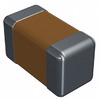 06031C221KAT2A
06031C221KAT2A EMK212BJ475KDHT
EMK212BJ475KDHT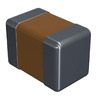 CDR01BP101BKUS
CDR01BP101BKUS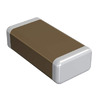 GRM319R61A106KE19J
GRM319R61A106KE19J CU10Y13R3BAT2A
CU10Y13R3BAT2A GRM1885C2A8R2CA01D
GRM1885C2A8R2CA01D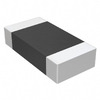 CC1206JRNPOABN681
CC1206JRNPOABN681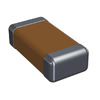 12065C102K4T2A
12065C102K4T2A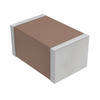 CGA5L3X8R2A224K160AE
CGA5L3X8R2A224K160AE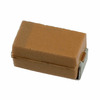 TAJA336M010RNJ
TAJA336M010RNJ
- TAP476J035HSB
- T502B106K016AG6310
- MAX1248ACEE+T
- BUK98150-55A/CUF
- C8051F018-GQ
- M29F400BB45N1
- ZL50022QCG1
- RT0603DRE07560RL
- LMZ10503TZX-ADJ/NOPB
- SPC5742PFK1AMLQ9
- TPS55165QPWPTQ1
- LTC3864EMSE#TRPBF
- T491V157M010ZT7280
- ADUM1402BRWZ-RL
- SN65LVDS151DAR
- M41T62LC6F
- TPS54228DDAR
- DSD1791DBR
- EDFP164A1PB-JD-F-D
- IDT74SSTVF16859PA8
- IRU3046CF
- LT1248IN
- LTC3834IFE
- PCA8534A/Q900
- PI6C185-01QX
- R5F6416LAPFE
- TMS370C256AFNA
- TW8826-DELA3-GR
- AN41203A-VB
- HBCKC-1P1S
- KC466/128
- LB1674V-TLM
- M58BW16FB5T3
- PBRF6150CZSL1R
- US3007CWTR
- XL4015E1
- SAK-XC2361E-104F128L
- H9DA4VH2GJAMCR-4EM
- LT1801CDD#